In the vast, untamed wilderness, where nature reigns supreme, communication plays a vital role in the survival and interaction of big cats. While their iconic roars, growls, and purrs often captivate our attention, these magnificent creatures possess a rich repertoire of silent communication methods. Understanding these non-vocal communication techniques offers a glimpse into the world of big cats, where actions often speak louder than words. This article will explore six fascinating ways in which big cats convey their intentions, emotions, and territorial signals without making a sound.
Body Language
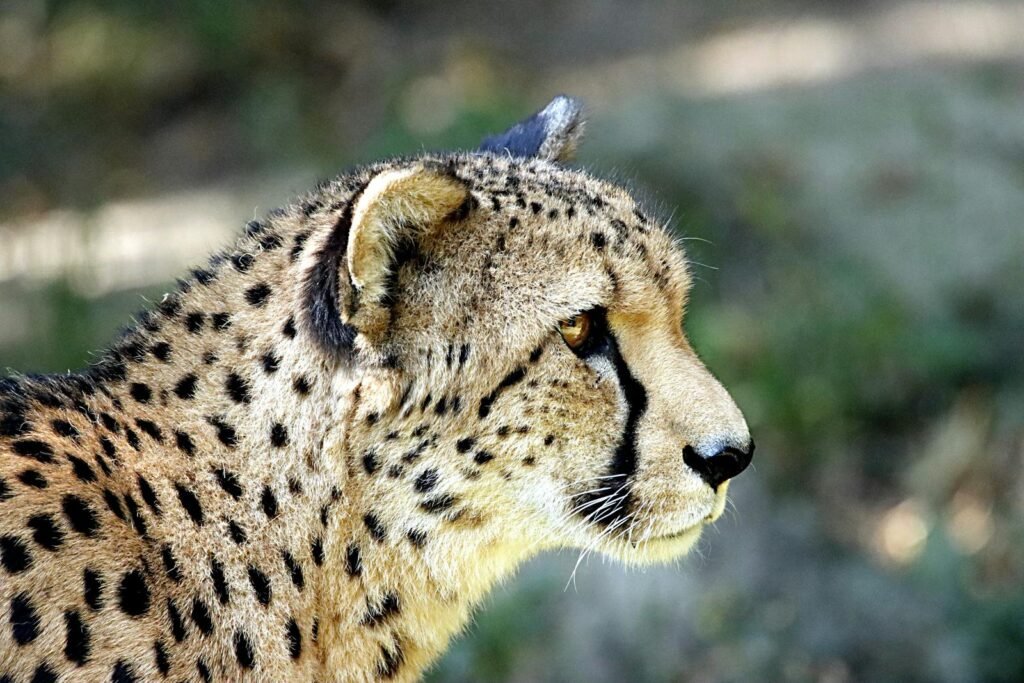
Body language is a crucial component of silent communication among big cats. These graceful predators rely on carefully orchestrated movements to convey various messages. For instance, the position of their ears can indicate their mood; ears laid back often suggest aggression or fear, while erect ears may signal curiosity or attentiveness. Tail movements also play a significant role; a raised tail might indicate friendliness or playfulness, whereas a flicking tail can be a warning of irritation or agitation. Through subtle shifts in posture and movement, big cats effectively communicate with one another without uttering a sound.
Facial Expressions
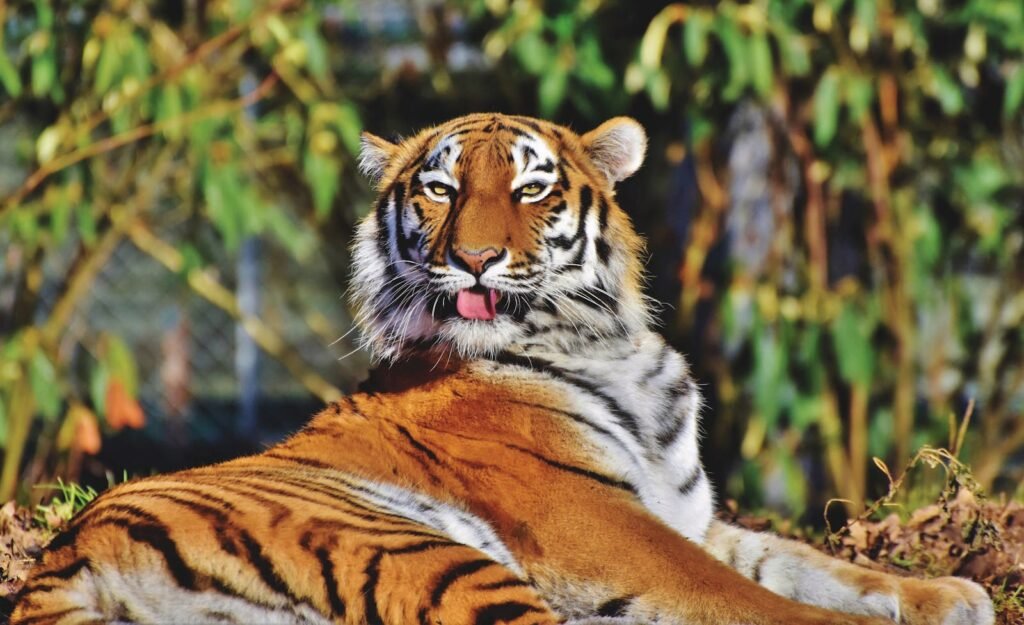
Facial expressions are another silent communication tool frequently used by big cats. The expressions they display can inform others about their emotional state or readiness for a particular action. For example, a direct stare can be a challenge or a means of establishing dominance, whereas narrowing the eyes might denote relaxation and trust. The subtle contraction or expansion of facial muscles—especially around the eyes and mouth—can offer significant insight into their social interactions and even intentions toward other members of their group.
Scent Marking
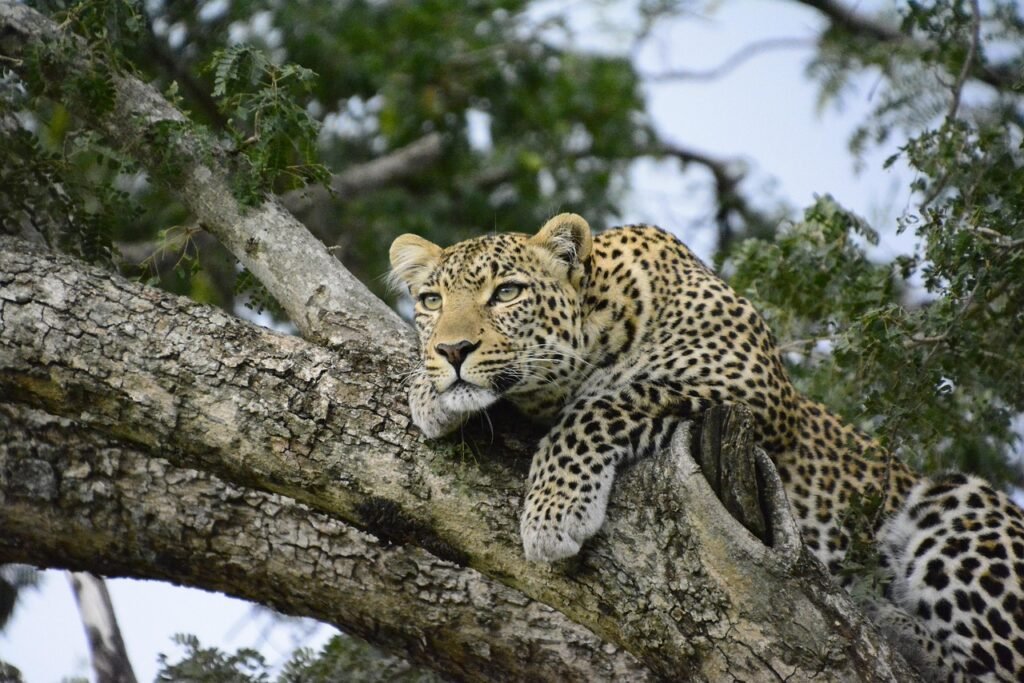
Big cats use scent marking as a sophisticated communication method to establish territory and convey information to others. By rubbing their faces on trees or rocks or spraying urine on various surfaces, they leave behind unique scent markers. These chemical signals can communicate an individual’s presence, gender, reproductive status, and even health condition to others. In the dense jungles and open savannas, where distances can be vast, scent markings serve as invaluable messages, establishing boundaries and facilitating social interactions without a word being exchanged.
Physical Touch
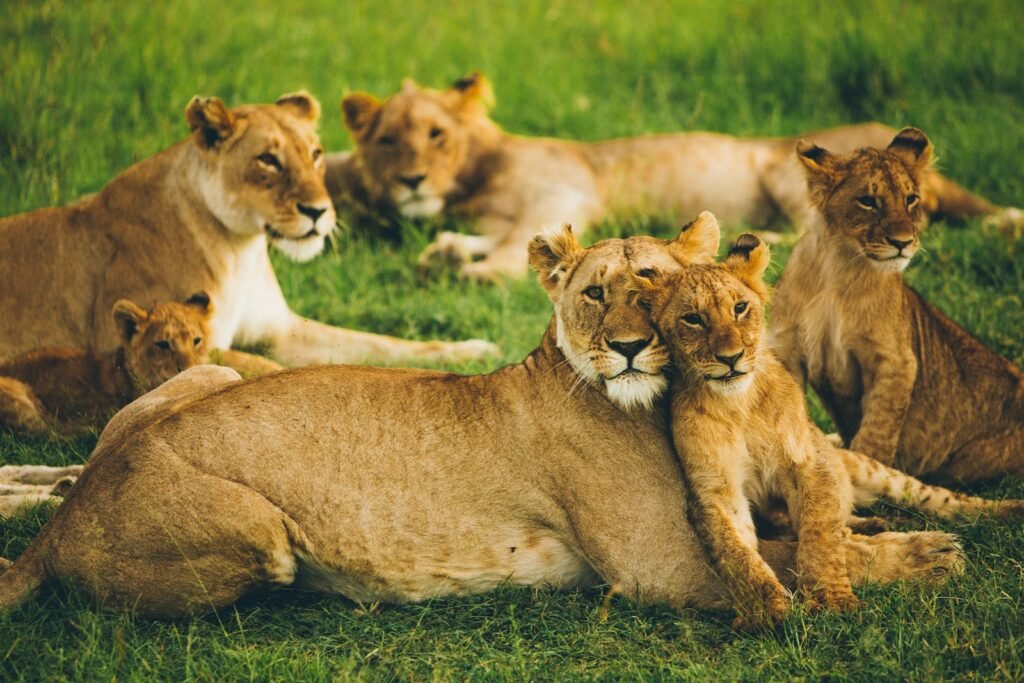
The gentle nuzzling, grooming, and contact experienced between big cats are not just acts of affection but also critical components of their communication strategy. Physical touch helps solidify social bonds, build trust, and communicate reassurance within family groups or with a mate. For instance, head rubbing, also known as bunting, spreads scent glands located on their faces onto the other individual, reinforcing group identity and camaraderie. Through touch, big cats express feelings of kinship, acceptance, and mutual support in their silent yet powerful social networks.
Posture and Stance
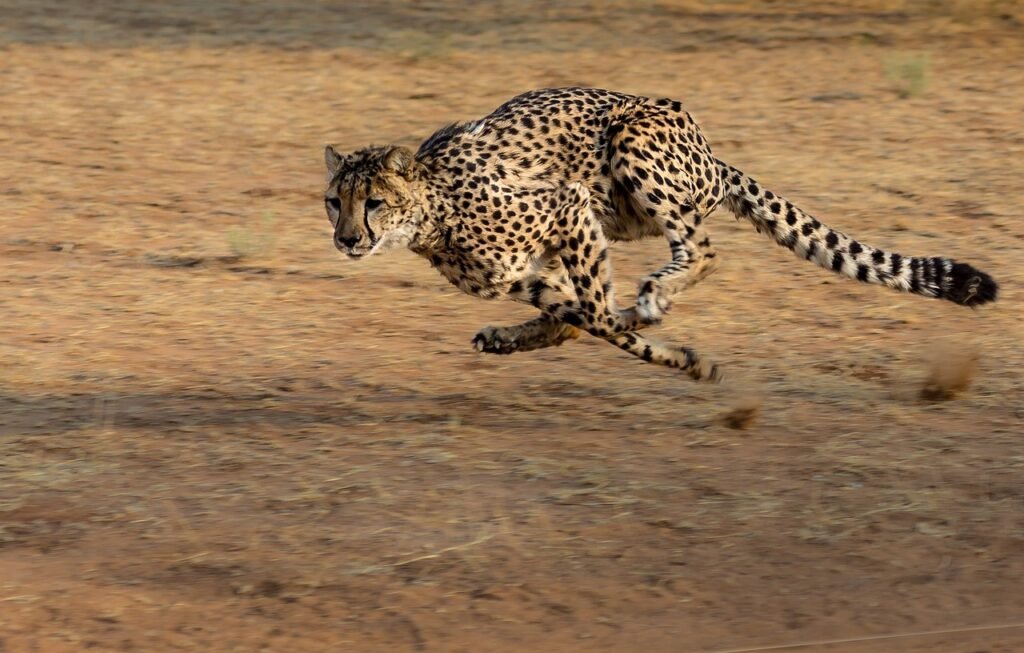
The posture and stance of a big cat can convey a wealth of information about its current state of mind or intentions. A low, crouched body position coupled with a focused gaze often indicates a cat on the hunt, ready to pounce. In contrast, a relaxed, sprawled-out posture suggests the animal is at ease and unthreatened. Dominance can be expressed through standing tall, with the fur slightly puffed out, while submissiveness might be shown through lowering the head and avoiding eye contact. Each posture and stance within their repertoire speaks volumes to other members of the animal kingdom.
Silent Greeting Rituals
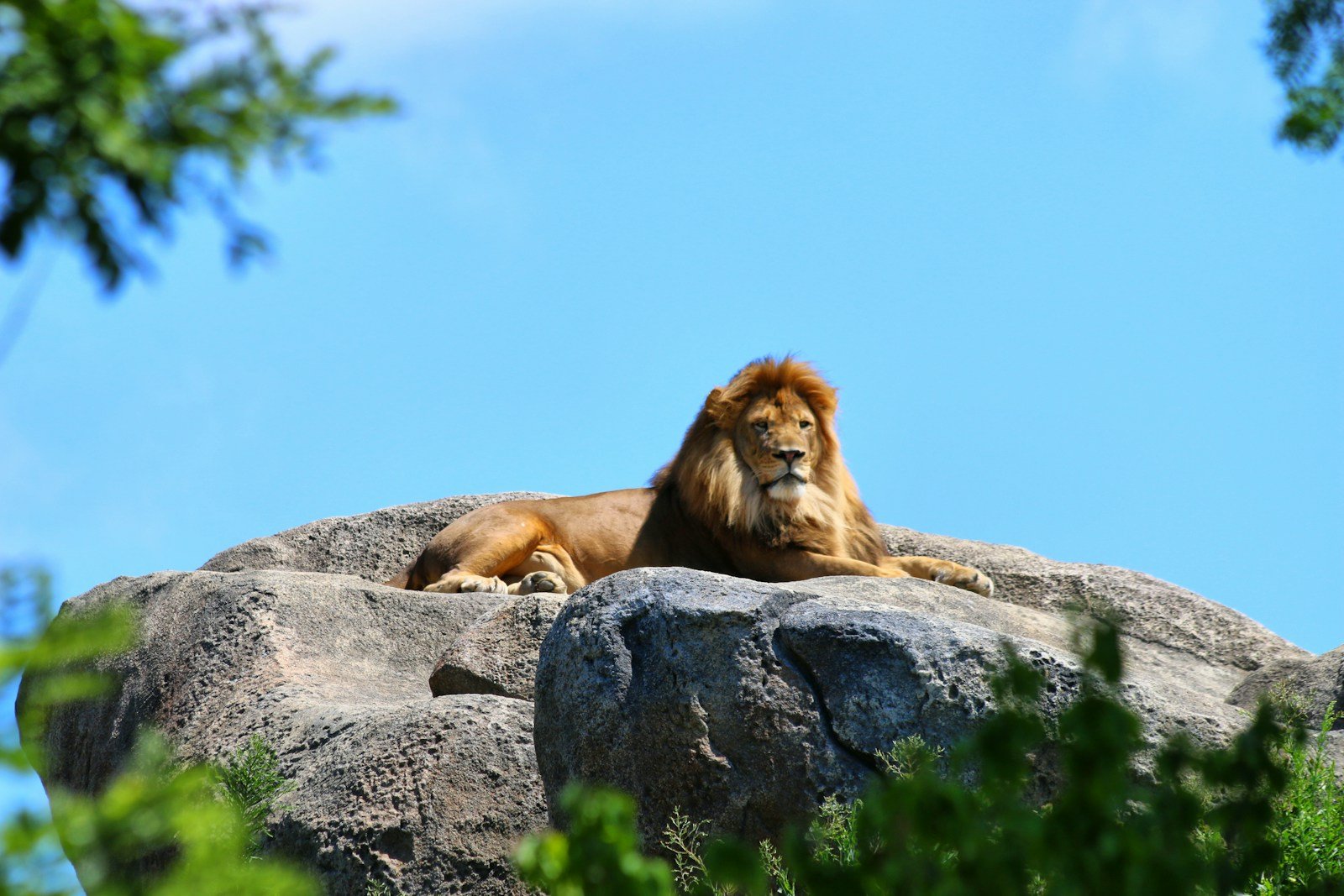
Big cats often engage in silent greeting rituals as a fundamental aspect of their social interaction. These rituals may involve synchronized walking patterns, mutual grooming, or even a sequence of head and body movements that demonstrate familiarity and acceptance. These non-verbal cues are vital for maintaining the social cohesion of prides, packs, or solitary encounters. By adhering to these established rituals, big cats reaffirm friendships, mitigate potential conflicts, and foster cooperation without making any noise.
In conclusion, the world of big cats is a silent symphony of communication, where subtlety and nuance reign supreme. From the flick of a tail to the touch of a nose, every movement, posture, and scent holds meaning. Understanding these silent communication strategies helps to appreciate the complex social structures and survival strategies these magnificent creatures employ. By interpreting their non-vocal expression, we gain a deeper respect for the intricacies of their existence in the wild and recognize the remarkable ways they navigate their world without uttering a single sound.
Hi, I’m Bola, a passionate writer and creative strategist with a knack for crafting compelling content that educates, inspires, and connects. Over the years, I’ve honed my skills across various writing fields, including content creation, copywriting, online course development, and video scriptwriting.
When I’m not at my desk, you’ll find me exploring new ideas, reading books, or brainstorming creative ways to solve challenges. I believe that words have the power to transform, and I’m here to help you leverage that power for success.
Thanks for stopping by, Keep coming to this website to checkout new articles form me. You’d always love it!






